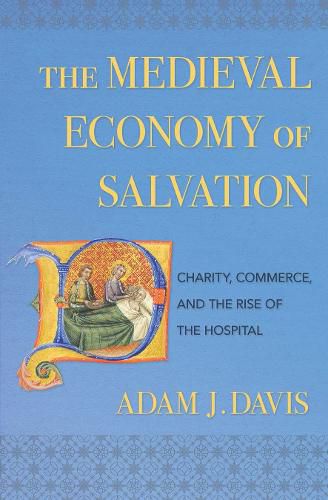Readings Newsletter
Become a Readings Member to make your shopping experience even easier.
Sign in or sign up for free!
You’re not far away from qualifying for FREE standard shipping within Australia
You’ve qualified for FREE standard shipping within Australia
The cart is loading…






In The Medieval Economy of Salvation, Adam J. Davis shows how the burgeoning commercial economy of western Europe in the twelfth and thirteenth centuries, alongside an emerging culture of Christian charity, led to the establishment of hundreds of hospitals and leper houses. Focusing on the county of Champagne, he looks at the ways in which charitable organizations and individuals-townspeople, merchants, aristocrats, and ecclesiastics-saw in these new institutions a means of infusing charitable giving and service with new social significance and heightened expectations of spiritual rewards.
In tracing the rise of the medieval hospital during a period of intense urbanization and the transition from a gift economy to a commercial one, Davis makes clear how embedded this charitable institution was in the wider social, cultural, religious, and economic fabric of medieval life.
$9.00 standard shipping within Australia
FREE standard shipping within Australia for orders over $100.00
Express & International shipping calculated at checkout
In The Medieval Economy of Salvation, Adam J. Davis shows how the burgeoning commercial economy of western Europe in the twelfth and thirteenth centuries, alongside an emerging culture of Christian charity, led to the establishment of hundreds of hospitals and leper houses. Focusing on the county of Champagne, he looks at the ways in which charitable organizations and individuals-townspeople, merchants, aristocrats, and ecclesiastics-saw in these new institutions a means of infusing charitable giving and service with new social significance and heightened expectations of spiritual rewards.
In tracing the rise of the medieval hospital during a period of intense urbanization and the transition from a gift economy to a commercial one, Davis makes clear how embedded this charitable institution was in the wider social, cultural, religious, and economic fabric of medieval life.